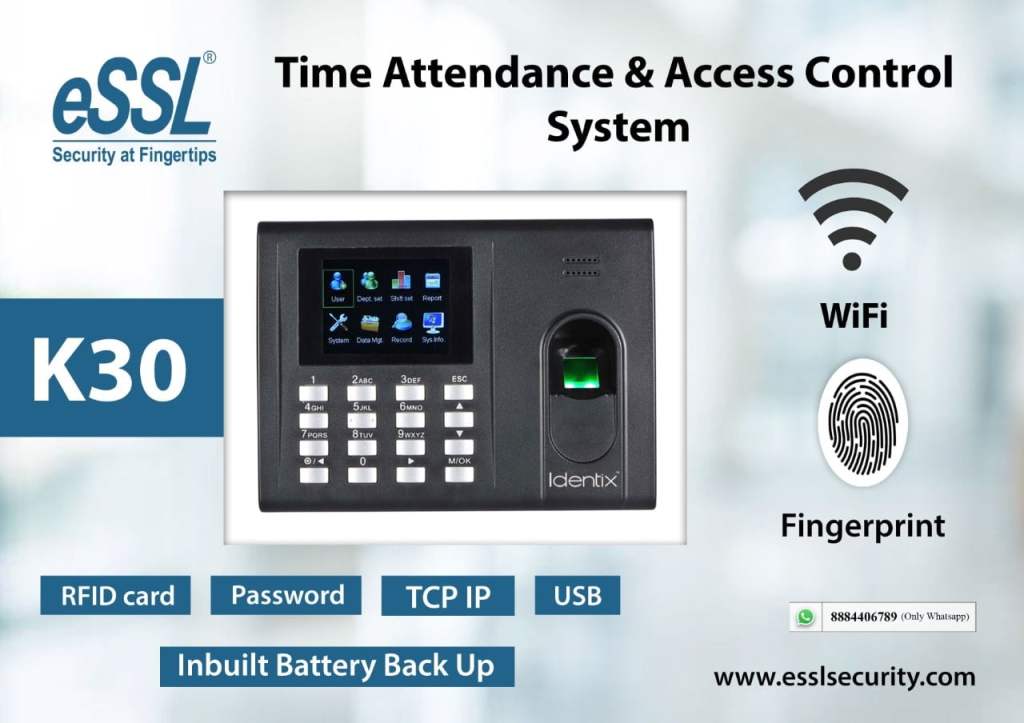The Best Access Control System Examples #01
access control system examples are a critical component of security in various environments, from office buildings to data centers and residential properties. These systems play a pivotal role in ensuring that only authorized individuals can enter specific areas or use certain resources. In this article, we will explore the world of access control systems, their importance, and provide real-life examples of their application Access Control System Examples.

Introduction to access control system examples
Access control systems are security mechanisms designed to regulate who can access a physical location, computer network, or other resources. They serve as a protective barrier, preventing unauthorized access and enhancing security. These systems have become increasingly important in today’s world, where security is a top concern.
The Importance of Access Control
Access control is essential for protecting valuable assets, confidential information, and people. It ensures that only authorized personnel can enter restricted areas, reducing the risk of theft, vandalism, and unauthorized data breaches. Whether it’s a corporate office, a server room, or a residential community, access control is vital Access Control System Examples.
Types of Access Control Systems
Access control systems come in two main types: physical access control and logical access control.
Physical Access Control
Physical access control restricts entry to buildings, rooms, or areas. This is achieved through mechanisms like access cards, biometric scans, or PIN codes. These systems are commonly used in office buildings and residential properties Access Control System Examples.
Logical Access Control
Logical access control focuses on digital resources, such as computer systems, networks, and data. It involves authentication methods like usernames and passwords, smart cards, and two-factor authentication. Logical access control is essential for data security in organizations Access Control System Examples.
Access Control System Components
Access control systems consist of several key components, including:
Access Cards and Key Fobs
Access cards and key fobs are physical items issued to authorized individuals. They are used to gain access through card readers or key fob readers Access Control System Examples.
Card Readers
Card readers are devices that read access cards or key fobs. They grant or deny access based on the information stored on these cards Access Control System Examples.

Access Control Software
Access control software manages and controls the entire system. It determines who has access, when, and where.

Examples of Access Control Systems
Access control systems are applied in various settings to enhance security and control. Let’s explore some examples.
Office Buildings
In an office building, access control ensures that only employees and authorized personnel can enter the premises. It may include card readers at entrance points and elevator access control Access Control System Examples.
Data Centers
Data centers house critical information and hardware. Access control systems protect them from unauthorized access. Biometric scans and access logs are often employed to maintain security Access Control System Examples.

Residential Properties
Residential access control systems are used in gated communities, apartment complexes, and private residences. They enhance safety and provide convenience for residents.
Benefits of Access Control Systems
Access control systems offer numerous benefits, including enhanced security, reduced risk, and improved convenience. They also provide a clear audit trail, making it easier to track who accessed a specific area or resource Access Control System Examples.

Case Studies
Let’s look at two case studies to better understand the practical application of access control systems.
Secure Office Access
A large corporate office implemented an access control system to secure its premises. The system improved employee safety and prevented unauthorized access to sensitive areas .
Data Center Security
A data center used biometric access control to safeguard its servers and data. This resulted in a significant reduction in security breaches and ensured data integrity Access Control System Examples.

Challenges in Access Control
While access control systems are effective, they come with challenges. These include the risk of card cloning, system vulnerabilities, and the need for regular updates to stay ahead of potential threats.
Access Control Trends
Access control technology is continually evolving. Trends include mobile access control, facial recognition, and cloud-based access control, making systems more efficient and user-friendly.
Implementing an Access Control System
Implementing an access control system requires careful planning, from selecting the right components to setting up user access policies. Consulting with experts is often necessary.
Best Practices for Access Control
To maximize the benefits of access control, it’s essential to follow best practices. This includes regularly updating access policies, educating users, and maintaining system security.
Access Control Integration
Access control systems can be integrated with other security measures like surveillance cameras and alarm systems for a comprehensive security solution.

Conclusion
Access control systems are indispensable for safeguarding physical and digital resources. Whether it’s an office, a data center, or a residential property, the examples mentioned illustrate the critical role these systems play in modern security.
Frequently asked questions (FAQs):
What is the primary purpose of an access control system?
Access control systems are primarily designed to regulate and monitor who can access specific areas or resources, ensuring security and preventing unauthorized access.
Are access control systems only used in commercial settings?
No, access control systems are used in various settings, including residential properties, to enhance security and control access.
How can I implement an access control system for my business?
Implementing an access control system requires a comprehensive plan, including choosing the right components and access policies. It’s advisable to consult with experts.
What are the latest trends in access control technology?
Current trends include mobile access control, facial recognition, and cloud-based access control, making systems more convenient and secure.


